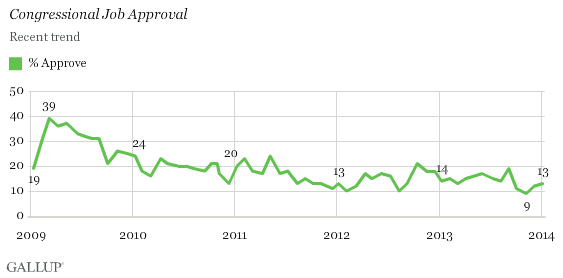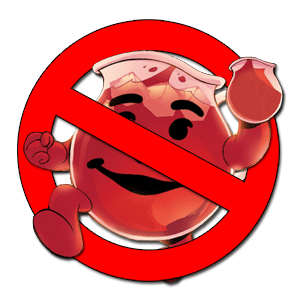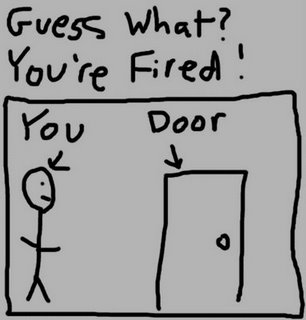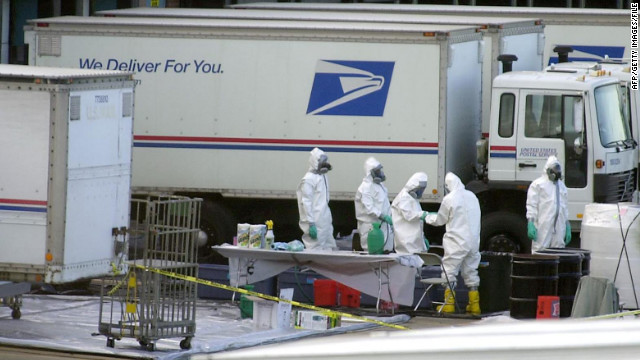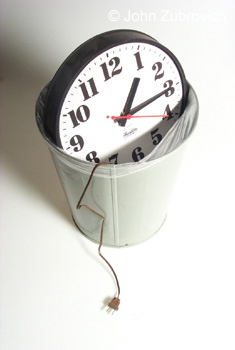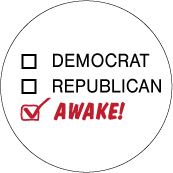Dear Beachboy: Did someone already post the link the article revealing that the Bush twins
might consider themselves independent and nonaffiliated (but their parents said that was a mistake and
not correct information). I think the issue was that one of them signed onto a website as "unaffiliated,"
so it isn't official, but was taken out of context to try to paint them as rejecting the Republican Party.
So what about being registered as one party or another.
The important point is whether you enforce the CONSTITUTION above partisan agenda.
And there ARE people inside and outside parties who DO and who DO NOT enforce the Constitution first.
Party affiliation is no guarantee either way.
I'm a registered, active Democrat and every time I interact with so-called RINO's I freak both
of us out that I am more conservative a Constitutionalist and make them look like liberals!!!!
And I am prochoice and respect prolife equally, so what do you call THAT???
Independent voter - Wikipedia the free encyclopedia
Independent (voter)
From Wikipedia, the free encyclopedia
An independent voter, often called an unaffiliated voter in the United States, is a voter who does not align him or herself with a political party. An independent is variously defined as a voter who votes for candidates and issues rather than on the basis of a political ideology or partisanship; a voter who does not have long-standing loyalty to, or identification with, a political party; a voter who does not usually vote for the same political party from election to election; or a voter who self-describes as an independent..........
Increase of independent voters
In the United States
Using the self-identification method of measuring political independence, surveys found an increasing number of independent voters beginning in 1966. In 1952, when modern polling on the issue began, the number of independent voters nationwide was 22 percent. By 1976, the number had risen more than half, to 36 percent of the electorate. Regionally, the rise of the independent voter was even more apparent. In the non-Deep South, the number of independent voters had risen from 22 percent to 37 percent. But in the Deep South, the number of independents rose steeply from 14 percent in 1952 to 32 percent in 1976 (and would rise even further, to 35 percent, by 1984)........
